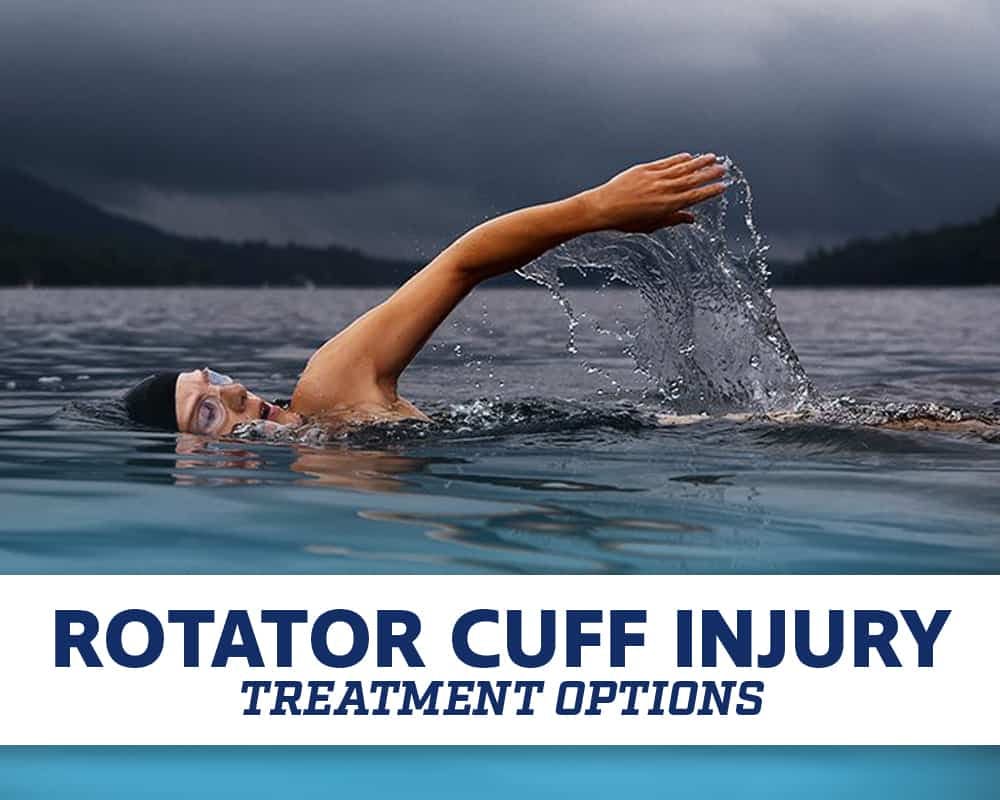- Blog
Rotator Cuff Injury Treatment Options
Posted on 11-30-2025 in Shoulder by Dr. Chris O'Grady

Posted on 11-30-2025 in Shoulder by Dr. Chris O'Grady
Rotator cuff injuries are a very common cause of pain and disability. In 2008, nearlytwo million Americanssought medical treatment for problems with their rotator cuffs. The rotator cuff is made up of four muscles in the shoulder, and these muscles provide stability and flexibility for the shoulder joint. When any of these muscles are injured, the result is weakness in the shoulder, reduced mobility, and significant pain.Signs of a rotator cuff injury include:
Treatment Options
There are both surgical and non-surgical treatment options available for repairing a damaged rotator cuff. After performing a comprehensive physical examination and assessing the results of imaging tests, such as X-rays and MRI scans, you and your orthopaedic surgeon will discuss and determine the best treatment option for you.Non-SurgicalThe majority of the people who are diagnosed with a rotator cuff injury do not require surgical treatment. Nonsurgical treatments can be highly effective for relieving pain and improving the function of the shoulder. Nonsurgical treatment options for a rotator cuff injury may include:
Surgical
Arthroscopic surgery is the most common surgical treatment for repairing a damaged rotator cuff. This type of surgery is minimally invasive, is less painful, and allows for quicker recovery. Your orthopaedic surgeon may recommend arthroscopic surgery for the following reasons:

Musculoskeletal ultrasound imaging offers orthopaedic patients safe, painless, and real-time imaging, without any harmful ionizing radiation or the need for uncomfortable positioning. As the first sports medicine physician in the region to utilize ultrasound for diagnostic and therapeutic purposes, Dr. Josh Hackel’s commitment to innovation has improved the accessibility of care for his patients.

According to the American Academy of Orthopaedic Surgeons, approximately 2 million older Americans sustain fractures yearly due to weak bones. By 2025, that number is predicted to rise to 3 million fractures annually. At North Florida Bone & Joint Specialists, we recognize the importance of maintaining strong bones, particularly as you age. In honor of Healthy Aging Month, the following tips can help you maintain, and even improve, your bone strength:

We see our share of broken bones as an orthopaedic and sports medicine practice. From the high school baseball player who collided with first base a little too hard to the avid DIY’er who took a tumble from an unsecured ladder and everything in between, we’ve seen it all. As we age, we also gradually lose bone mass, which occurs as small amounts of healthy bone are absorbed into your body as small amounts are replaced. When more bone is absorbed than is replaced, the density (bone mass) is reduced. Osteoporosis develops when the bone is no longer replaced as quickly as it is removed, and over time, it causes the bone to become progressively weaker, increasing the risk that it may break.